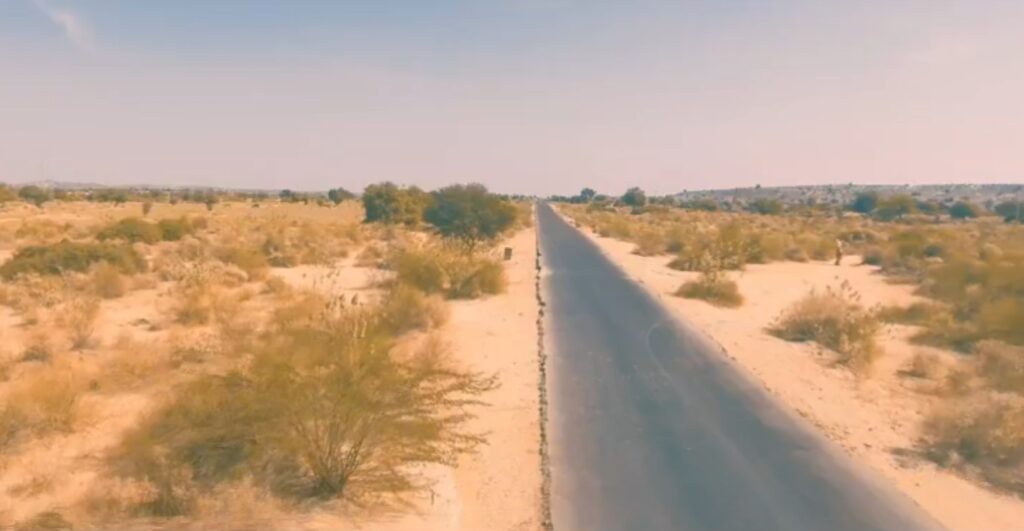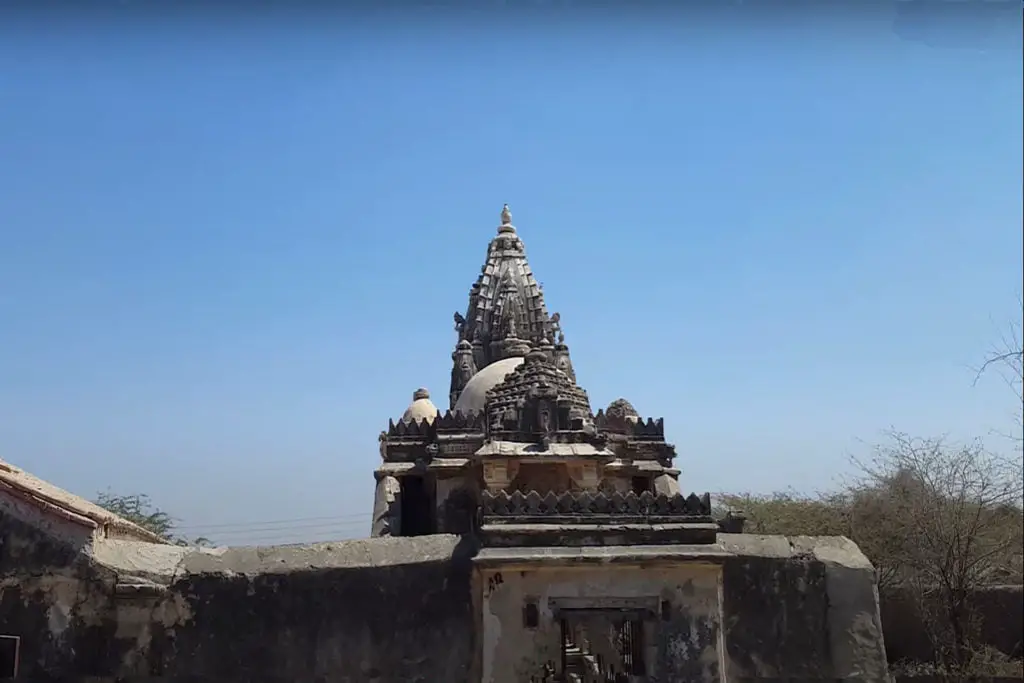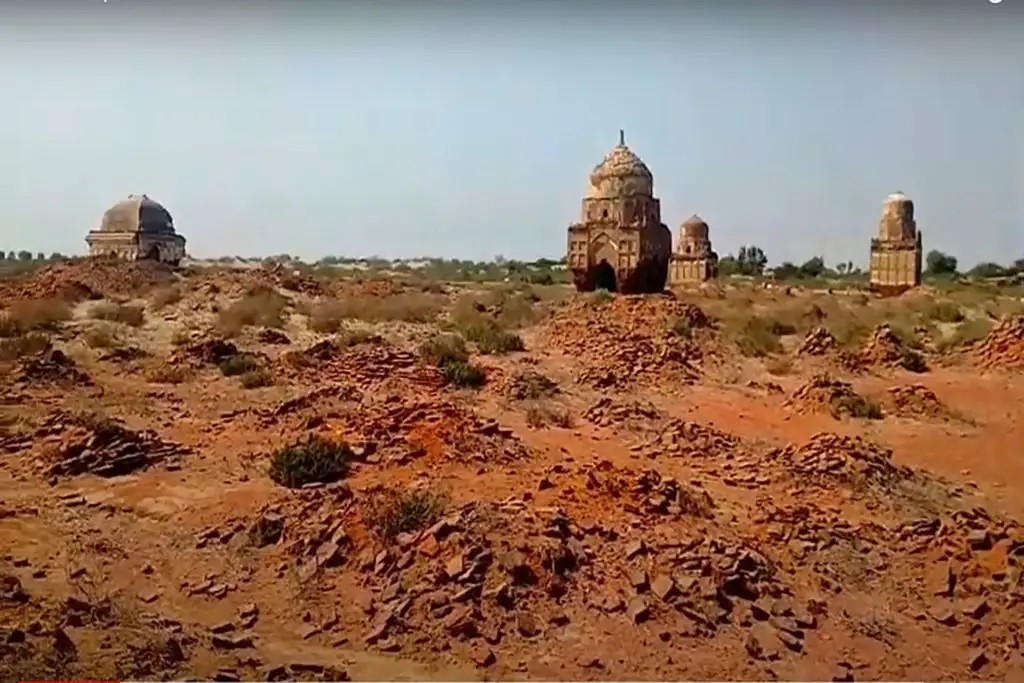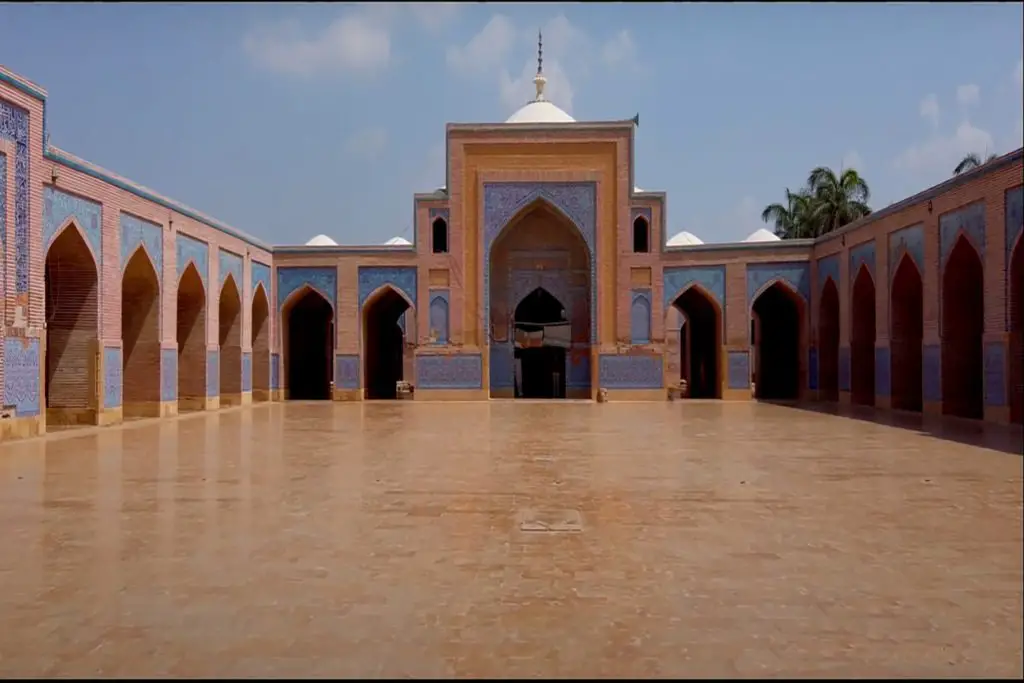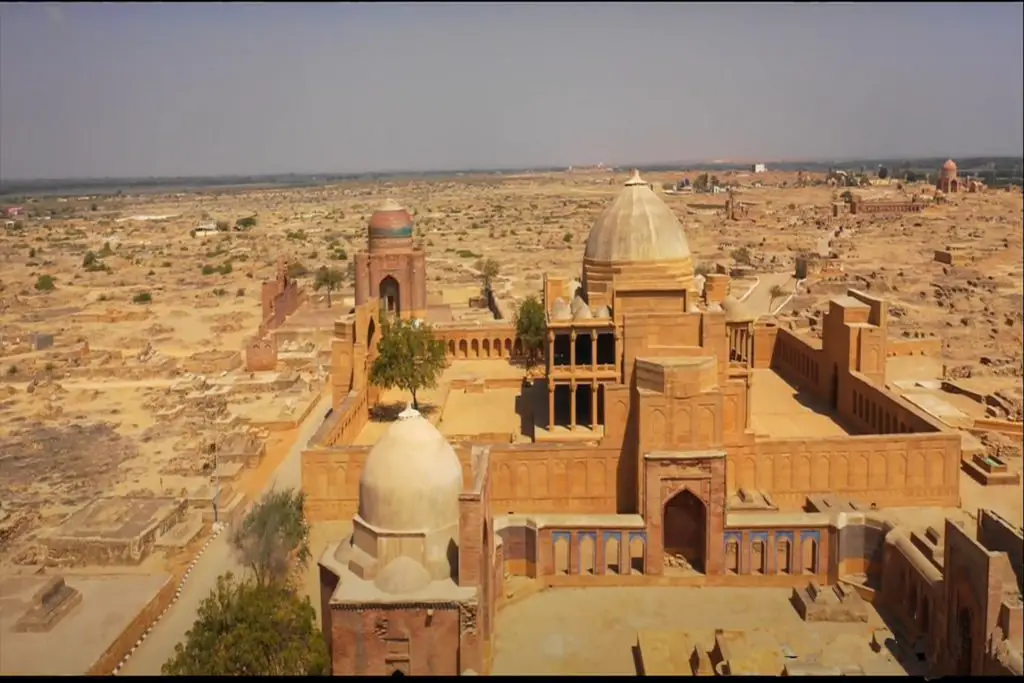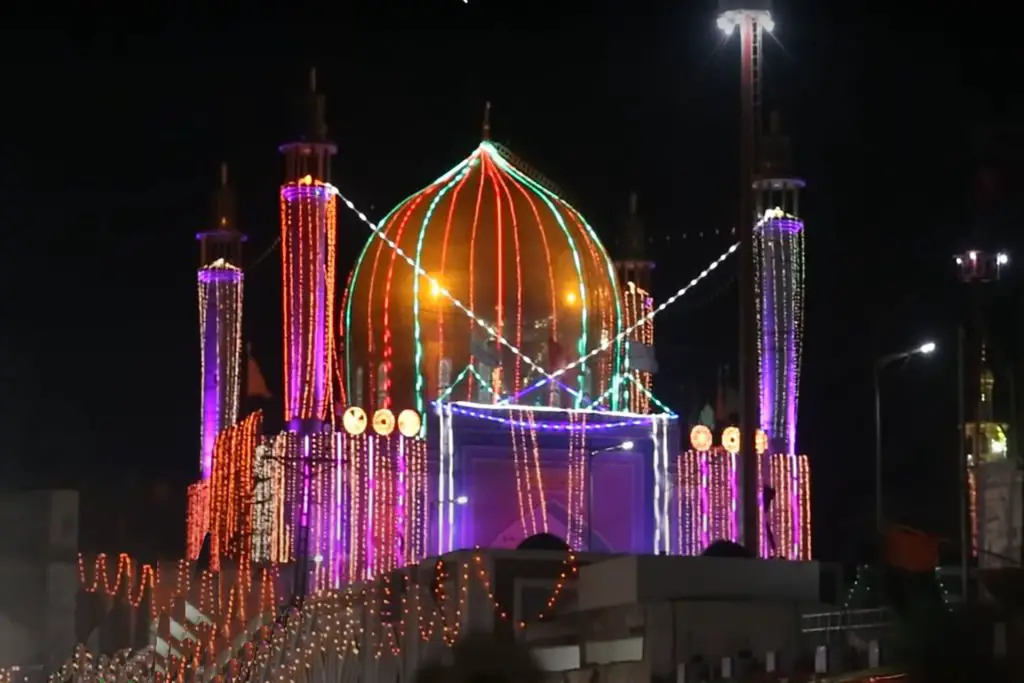Nagarparkar is a small town in Pakistan that is known for its unique cultural heritage, natural beauty, and historical significance. Despite facing various challenges, the town has the potential to become a popular tourist destination and a hub of sustainable development in the region. With the right initiatives and support, Nagarparkar can become a shining example of the rich cultural heritage and natural beauty of Pakistan.
NagarParkar Location
Nagarparkar is a small town located in the Tharparkar district of the Sindh province in Pakistan. It is a remote area in the southernmost part of the province, surrounded by the Thar Desert, and is known for its unique cultural heritage, natural beauty, and historical significance. The town is situated at an altitude of 1,950 feet above sea level and covers an area of approximately 3,500 square kilometers.
Nagarparkar Heritage
Nagarparkar is known for its rich cultural heritage, which is a blend of Sindhi, Rajasthani, and Balochi cultures. The town is home to various religious sites, including Hindu temples, Jain temples, and Muslim shrines. The temples in Nagarparkar are believed to be some of the oldest in the region and are considered to be sacred by Hindus and Jains.

Temples in NagarParkar Sindh
One of the most famous temples in Nagarparkar is the Shiv Mandir, which is dedicated to Lord Shiva. The temple is believed to have been built over 1,000 years ago and is a popular destination for tourists and pilgrims. Another famous temple is the Jain temple, which is believed to be around 700 years old and is dedicated to the Jain Tirthankara Parshvanath.
Apart from religious sites, Nagarparkar is also known for its natural beauty. The town is surrounded by hills, sand dunes, and dry riverbeds, and is home to various wildlife species, including the Indian wolf, Indian fox, desert cat, and chinkara. The town is also known for its unique flora, including the Khejri tree, which is the state tree of Rajasthan and is considered to be a sacred tree by Hindus.
Historical Significance
Another notable site in Nagarparkar is the Nagarparkar Fort, which dates back to the 17th century. The fort was built by the Mughal emperor Akbar and was used as a stronghold by the local rulers of Tharparkar. Today, the fort stands as a testament to the rich history and cultural heritage of the region.
Nagarparkar is also significant from a historical perspective. The town is believed to have been inhabited since prehistoric times and is home to various archaeological sites, including the Kot Diji Fort, which is believed to have been built around 1790 BC. The fort is a popular tourist destination and is known for its unique architecture and historical significance.
Nagarparkar is also known for its natural beauty and is home to a number of scenic locations. The town is surrounded by rolling hills, lush green forests, and crystal-clear lakes, making it a perfect destination for nature lovers and adventure seekers. The Karonjhar Mountains, located just outside the town, offer stunning views of the surrounding landscape and are a popular spot for hiking and trekking.

The town is also famous for its traditional handicrafts, which include pottery, weaving, and embroidery. The local artisans are skilled in their craft and produce exquisite pieces of art that are highly sought after by collectors and tourists alike.
Despite its unique cultural heritage, natural beauty, and historical significance, Nagarparkar remains relatively unknown to the outside world. The town lacks basic amenities, such as healthcare facilities and educational institutions, and its residents face various challenges, including poverty, lack of access to clean drinking water, and inadequate infrastructure.
In recent years, various organizations and individuals have taken initiatives to promote tourism and development in Nagarparkar. The Sindh Government has launched various development projects, including the construction of roads and the provision of basic amenities, to improve the living conditions of the local population. Non-profit organizations, such as the Thardeep Rural Development Program, are working to promote sustainable development and tourism in the region.
Nagarparkar is a hidden gem in the Thar Desert, with a rich history, diverse culture, and stunning natural beauty. It is a place that is waiting to be explored and discovered, and a must-visit destination for anyone interested in history, culture, and nature.

